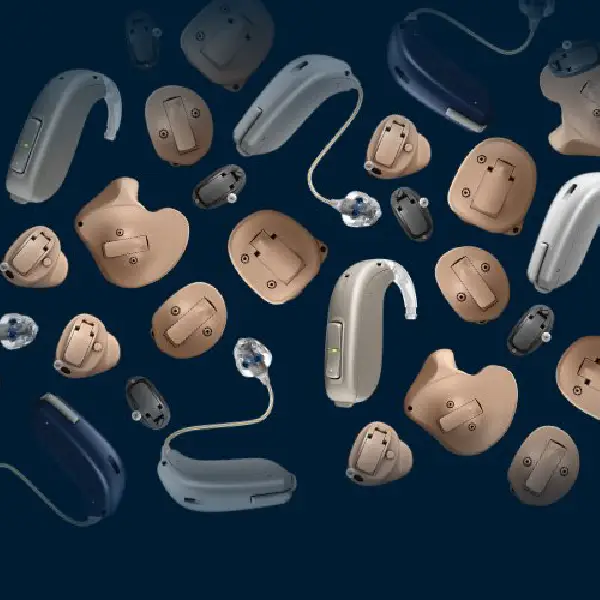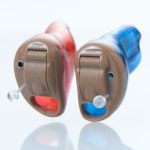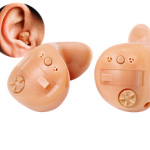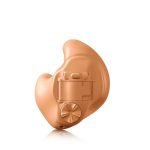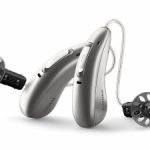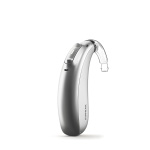Our most popular style, Behind-the-Ear (BTE) styles sit behind or on top of the
outer ear, with tubing that routes sound down into the ear. The tubing connects
to a soft ear tip or earmold to provide security in the ear canal. BTEs blend
with hair or skin tones, or funky designs to suit personal preferences.
Depending on hearing aid manufacturer, BTE styles provide different features,
battery sizes and degrees of power (larger instruments generally have more power
than smaller ones). We help personalize the device to best suit your lifestyle
and hearing needs.

